Limahuli Garden and Preserve is located a few minutes west of us in Ha’ena on the North Shore of Kauai. The Limahuli Valley is home to well-preserved remains of ancient Hawaiian culture, as well as numerous native plants and birds, many of which are on the verge of extinction. Visitors to Limahuli Garden get lessons in biology and the history of native Hawaiians in a verdant “classroom” that includes archeological remnants, botanical rarities, tropical flowers, along with sweeping mountain and ocean views. We visited Limahuli Garden on a perfect, sunny Saturday (when kama’aina – local residents – get in for free).
Early native Hawaiians, the kanaka maoli: “true mortal indigenous humans”, developed a fair share-based system of resource management in sustainable communities, called ahupua’a. These were terraced, comparable units that provided food, clothing and shelter for those living within them. The system was organized into a social hierarchy that was governed by an ali’i (chief) and administered by a konohiki (headman) who controlled land and fishing rights. Ahupua’a extended from the ocean shoreline up into the highest mountain elevations, following fresh water sources which were tapped and channeled through the terraces. The Ha’ena ahupua’a at Limahuli was intact until the mid-20th century.
Early native Hawaiians were actually Polynesians who migrated to Hawaii. These skilled navigators had traversed the Pacific prior to the 3rd century A.D. From their voyages from South Asia to South America, they collected the native plants that became a sustainable basis in Hawaii: taro, ti, sweet potato, banana, turmeric, paper mulberry, coconut palm, sugar cane, and others.
Taro (kalo) is the staple plant of Hawaiian culture. Native Hawaiians grew taro here by diverting water from the Limahuli Stream into terraced plots called lo’i kalo (“paddy taro”). From the taro plant’s characteristics came a basic tenet of Hawaiian culture: extended familial relationships. Ohana, the Hawaiian word for “family,” comes from the ‘oha (offshoots) of the plant, which grow in a circle around the parent. These in turn develop their own ‘oha, and thus the lo’i kalo is populated.
Prior to the plantation era, Hawaiian culture, with its Polynesian-influenced social and religious structure, had evolved into a complex system comparable with Egyptian, Mayan, and Aztec societies. The walls of these lo’i kalo have been carbon-dated to approximately 700 A.D., approximately 500 years prior to the second wave of Polynesian migration, to Hawaii from Tahiti during 1200-1300 A.D. The multi-class society that resulted from ali’i on down to kaua outcasts and slaves was governed by strict laws and religious rituals that included human sacrifice.
Hawaiian culture continued to evolve in a relatively undisturbed fashion for the next 500 years until the arrival of Captain Cook in 1778. The island of Kauai was a separate kingdom from the other windward islands that comprise what we now know as Hawaii. This was mostly due to the isolating conditions in the 60+ mile channel that separates Kauai from Oahu. Even the great King Kamehameha was unable to conquer Kauai militarily. Instead, the island was annexed politically via familial relationship with the King’s brother. As a result of geographical inaccessibility, the ecosystem on Kauai is different than that of the other islands, as well.
The self-guided tour of Limahuli Garden takes you through several different ecosystems. The Plantation Era Garden will seem most familiar, as it contains the tropical flowers Hawaii is famous for. Most of these were introduced after Captain Cook’s discovery in 1778, brought by Chinese, Japanese, Portuguese, and Filipino workers. During this period these additional influences melded with those of the native Hawaiians to bring about modern-day Hawaiian culture. Tropical flowers such as Hawaiian hibiscus, plumeria, and mango were all brought to Hawaii in the 19th century.
Some of these introduced plants have resulted in unintended consequences to the original Hawaiian ecosystem, and as a result, the native plants of the original forests are nearly gone. Limahuli Garden has recreated a uniquely Hawaiian mesic forest with native species in its Native Forest Walk. We were amazed to see native plants that have less than 50 individuals left in the wild. Kauai has more of these rare plant species than any of the other Hawaiian island. Limahuli Garden backs up to the Limahuli Preserve, almost 1000 acres of restorative conservation.
The native Hawaiians revered Makana (“gift”), the mountain overlooking the Limahuli Valley. Special occasions, such as visiting royalty or the Ha’ena hula school ceremonies, were celebrated with ‘oahi (“fire-throwing) from Makana. Logs would be set afire and hurled from the mountain over the ocean. Updrafts would take these torches soaring out to sea in a sort of natural fireworks display.
Limahuli also displays native plants found in northwestern Kauai to encourage kama’aina to use them in natural habitat gardening and landscaping. This area is located on a high point and offers amazing ocean and valley vistas.
Limahuli means “turning hands” in Hawaiian. It is easy to imagine the work of many hands in ancient times creating a sustainable community out of rock and plantings. It is also easy to see the loving work of many hands that have worked to preserve the living history on this site by honoring its archeological aspects as well as its biology. What we expected from our visit to Limahuli Garden was a pleasant walk in a beautiful garden filled with native plants. Instead, we were given a multi-faceted learning experience and an even greater appreciation for Hawaiian culture and tradition.
Check out our Kauai Flipboard Magazine! View my Flipboard Magazine.
Tips for Trip Success
Book Your Flight
Find an inexpensive flight by using Kayak, a favorite of ours because it regularly returns less expensive flight options from a variety of airlines.
Book Your Hotel or Special Accommodation
We are big fans of Booking.com. We like their review system and photos. If we want to see more reviews and additional booking options, we go to Expedia.
You Need Travel Insurance!
Good travel insurance means having total peace of mind. Travel insurance protects you when your medical insurance often will not and better than what you get from your credit card. It will provide comprehensive coverage should you need medical treatment or return to the United States, compensation for trip interruption, baggage loss, and other situations.Find the Perfect Insurance Plan for Your Trip
PassingThru is a participant in the Amazon Services LLC Associates Program. As an Amazon Associate I earn from qualifying purchases.
To view PassingThru’s privacy policy, click here.

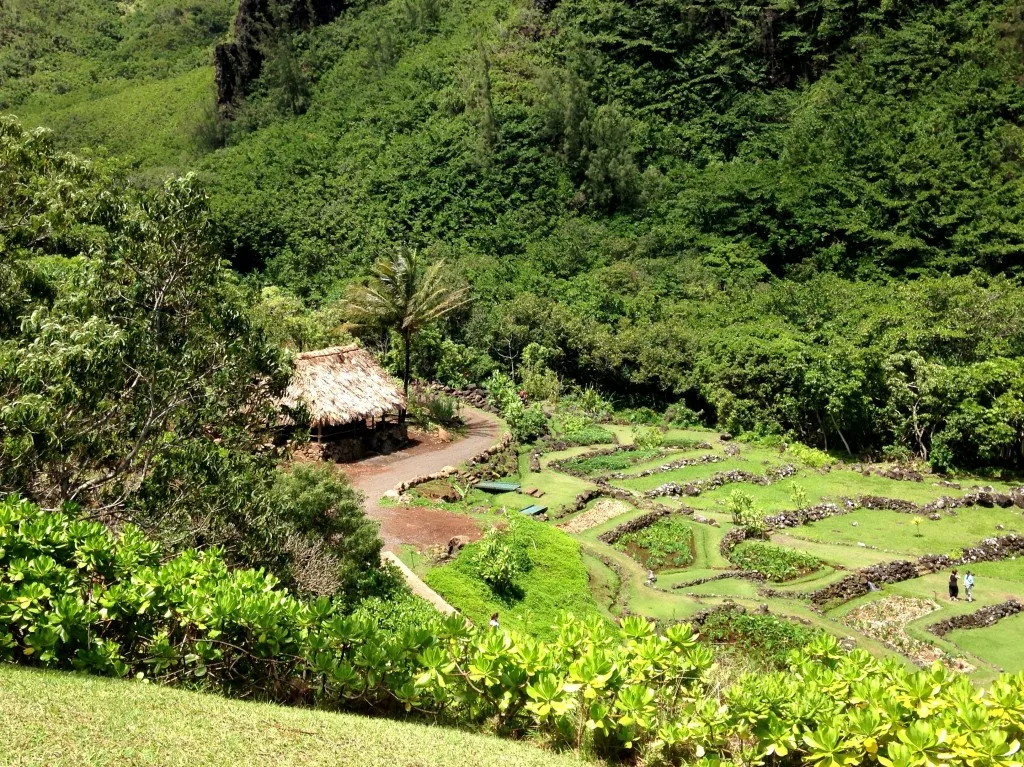
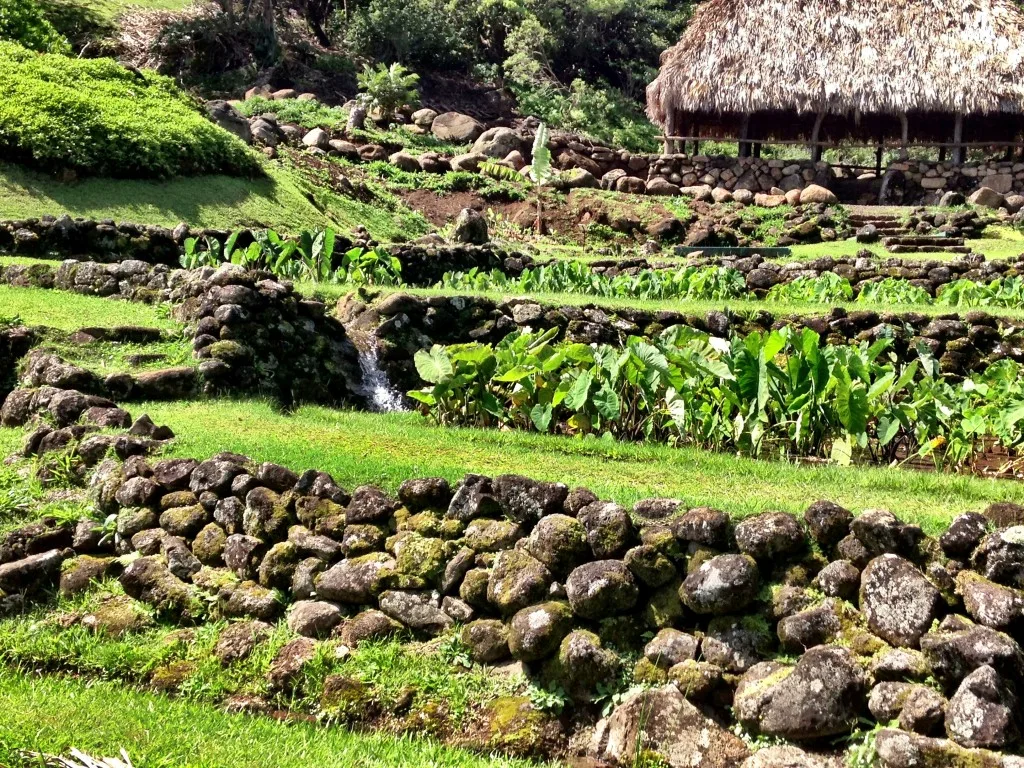
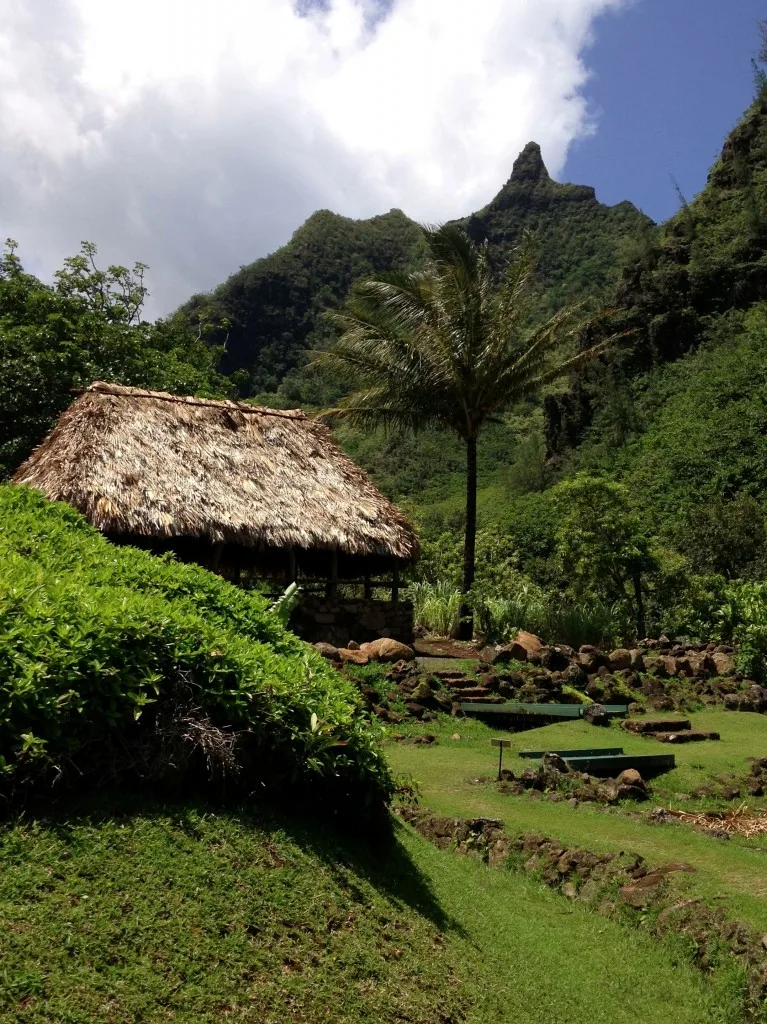
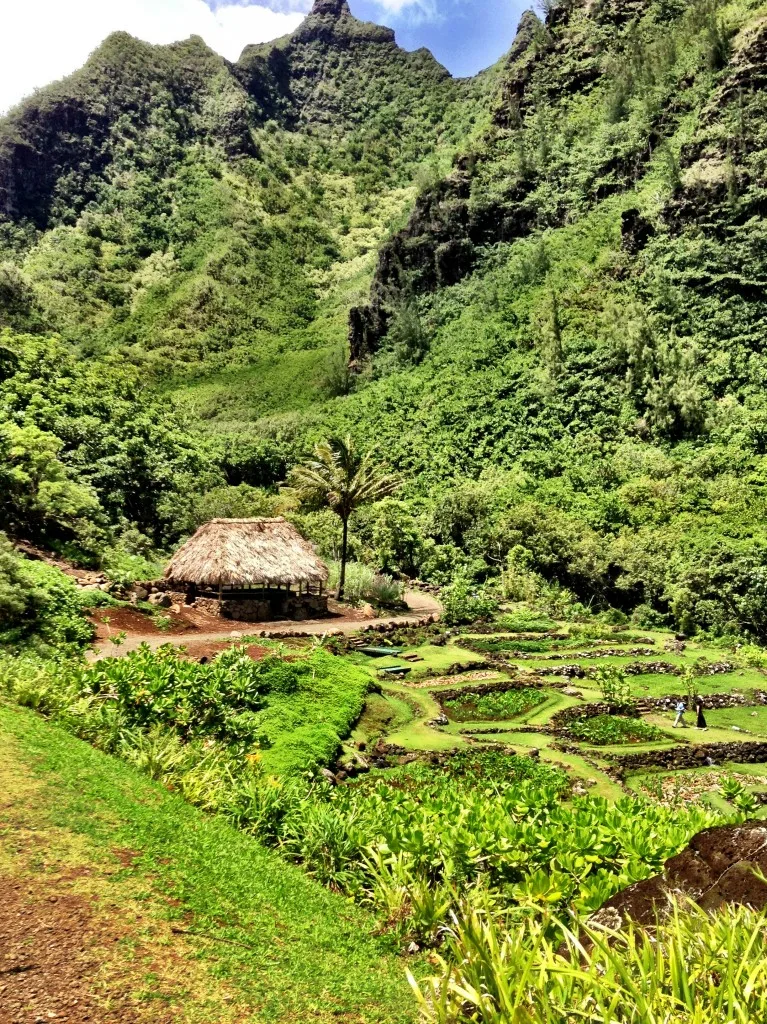
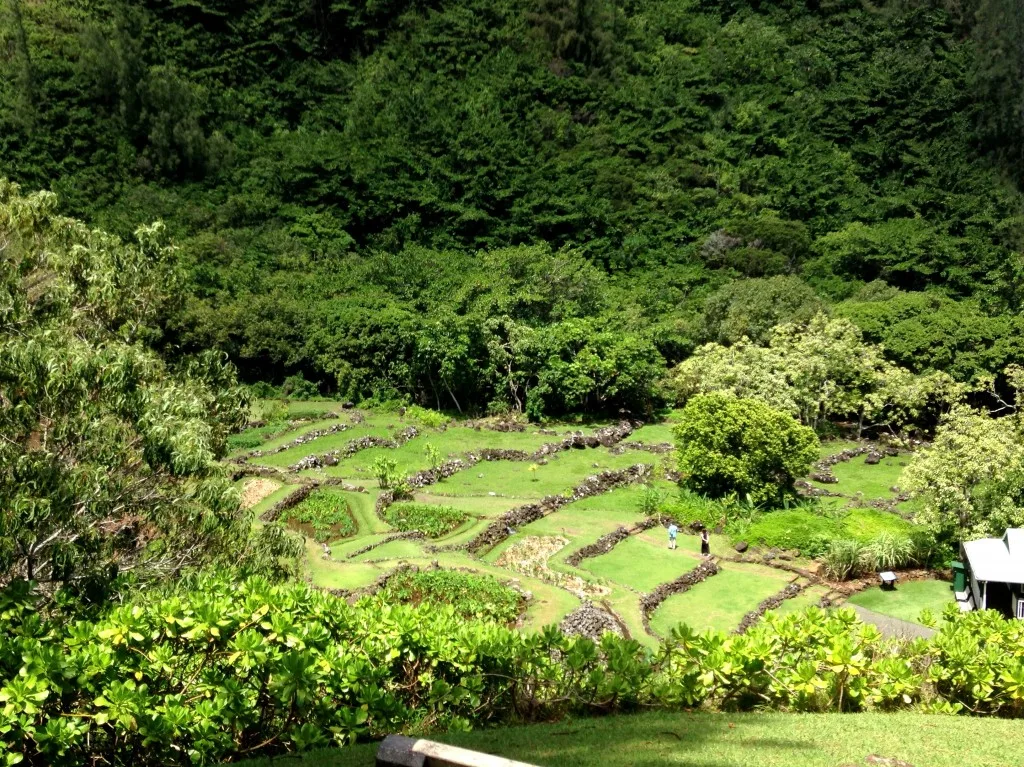
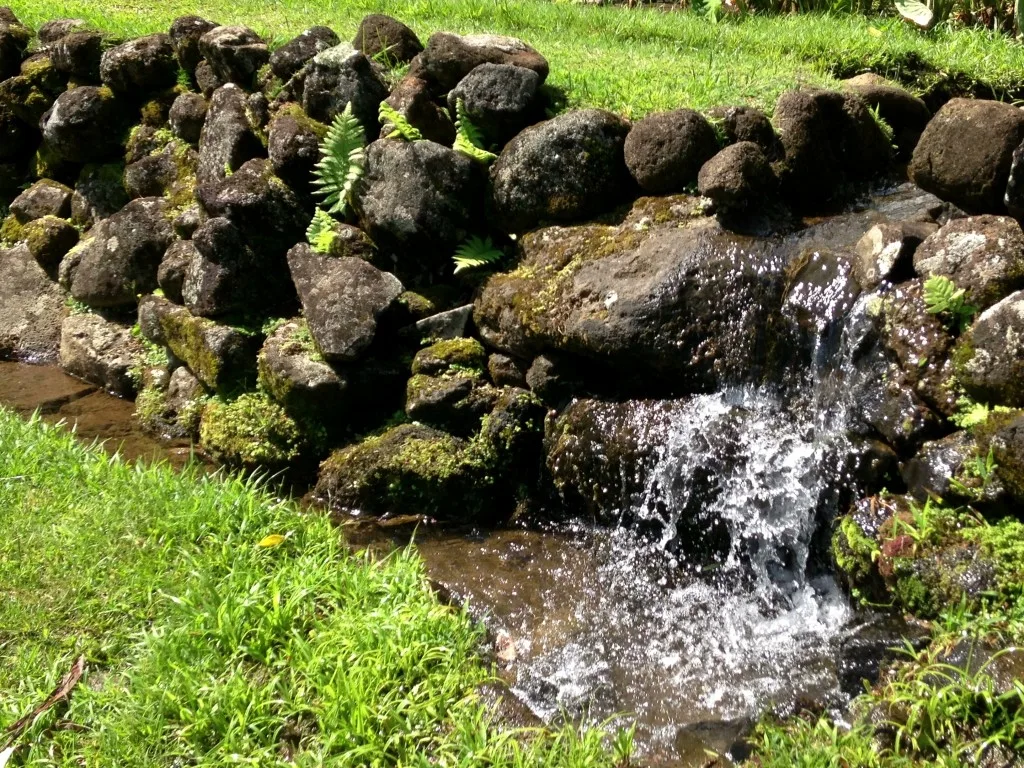
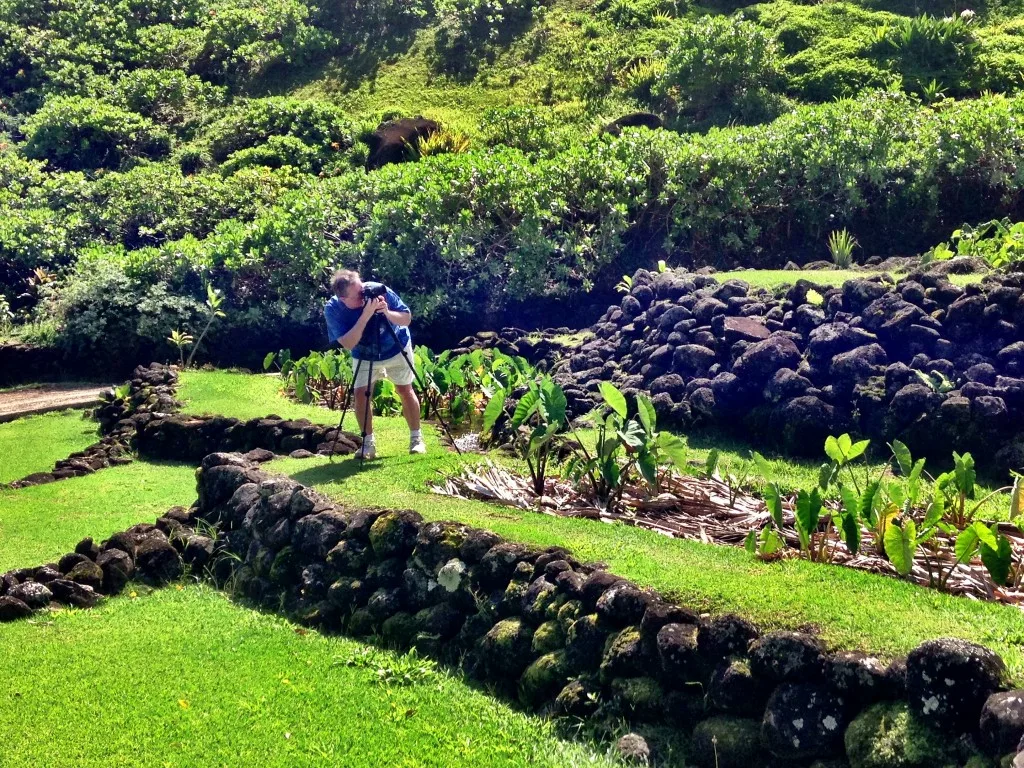
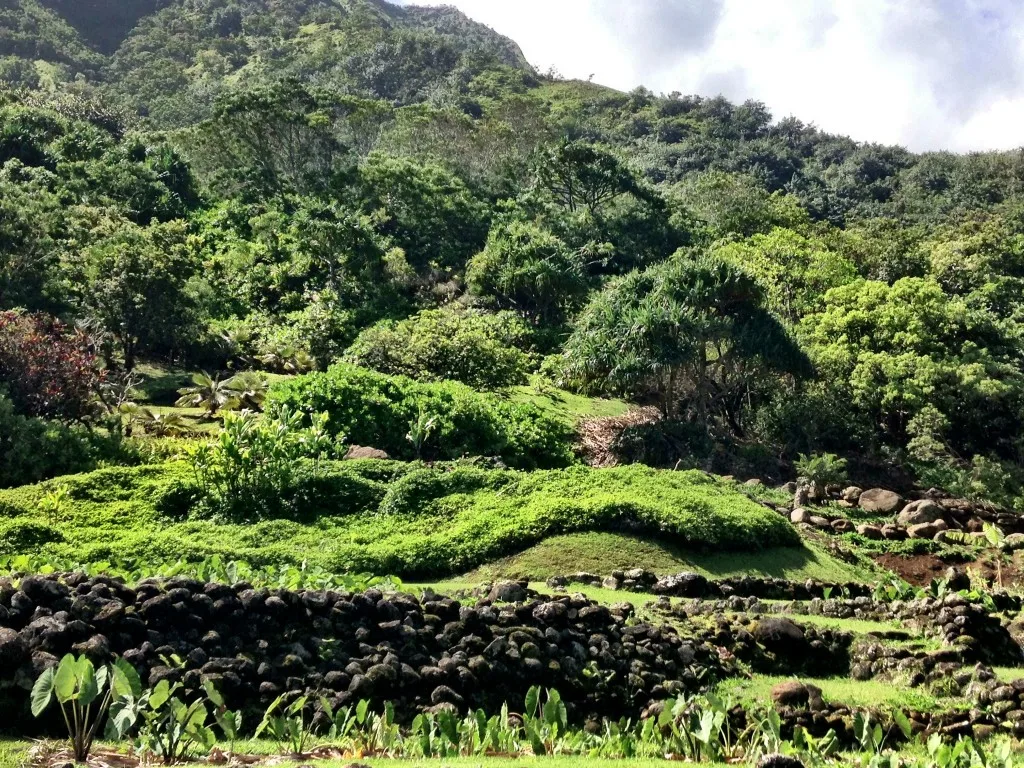
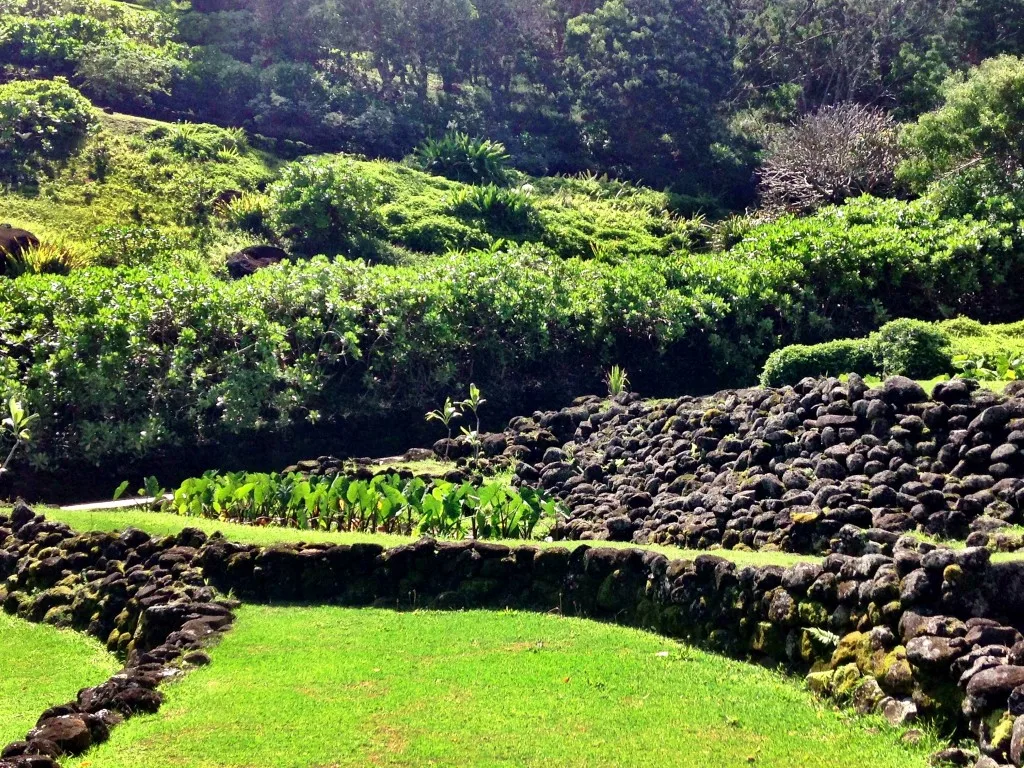
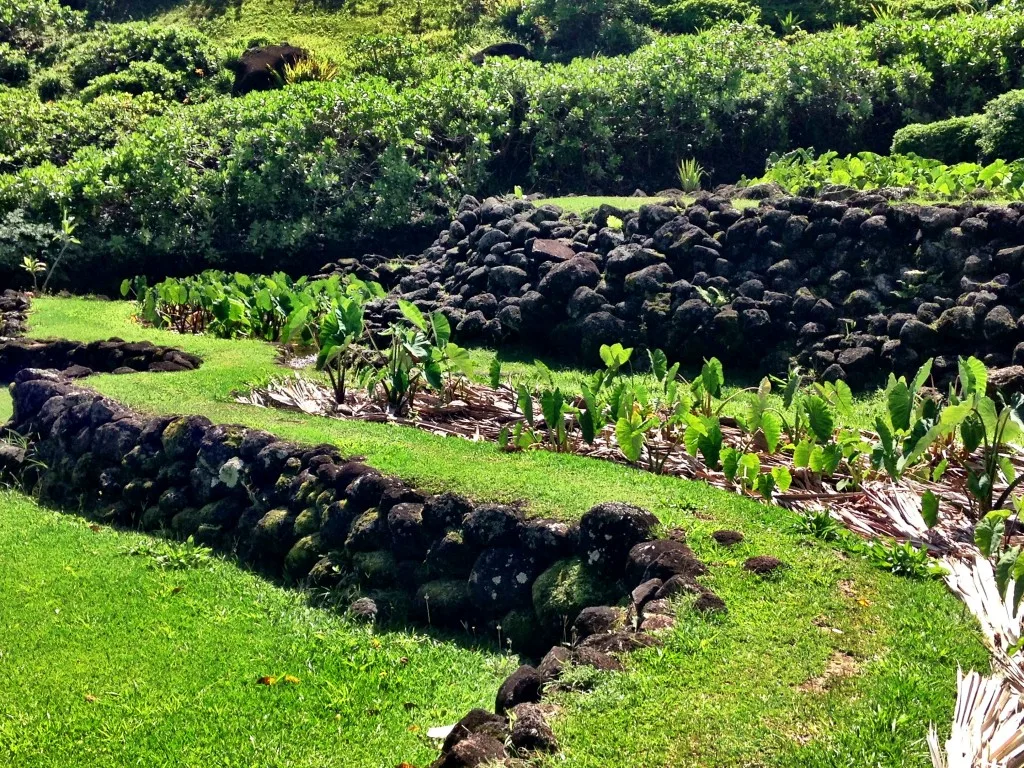
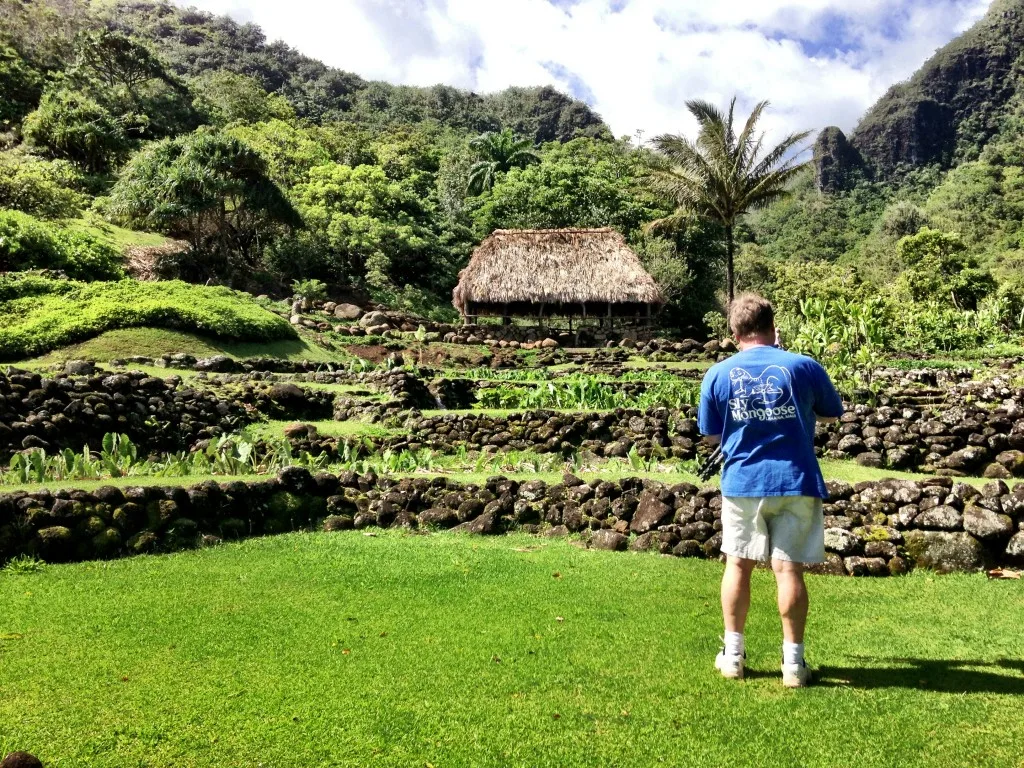
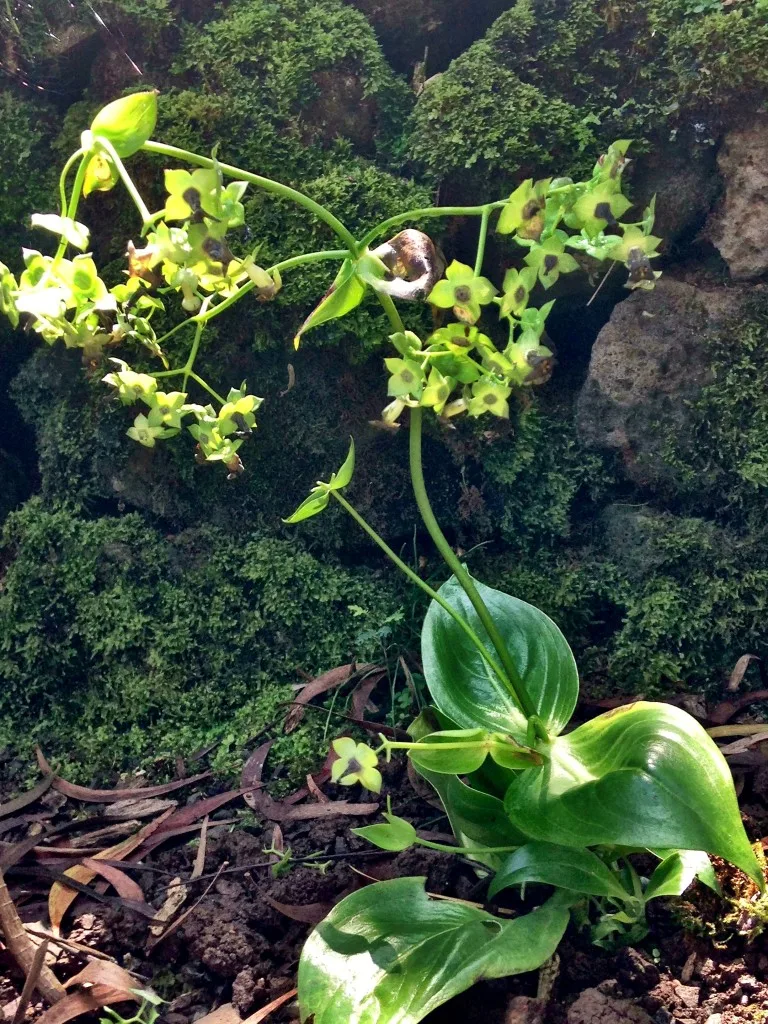
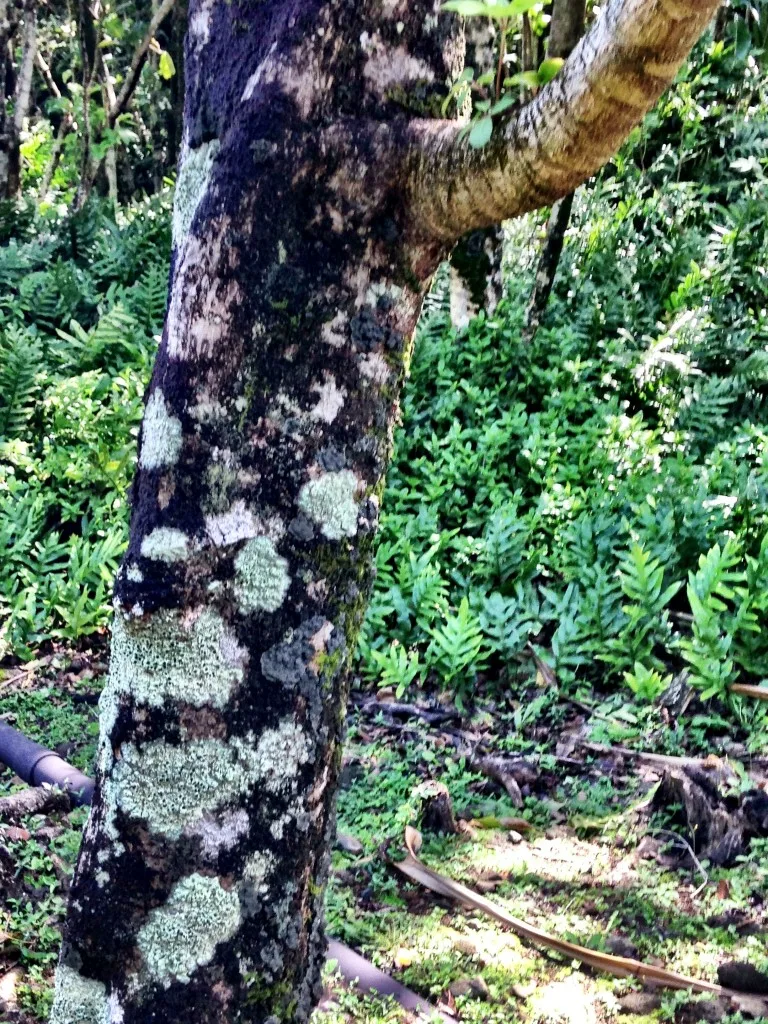
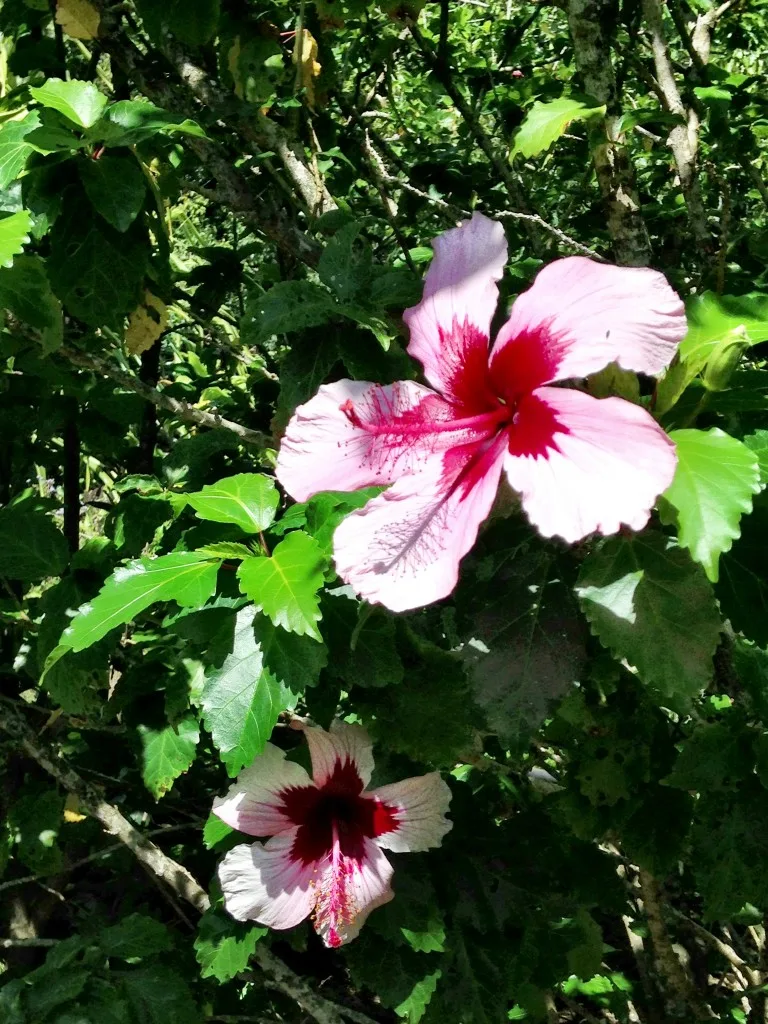
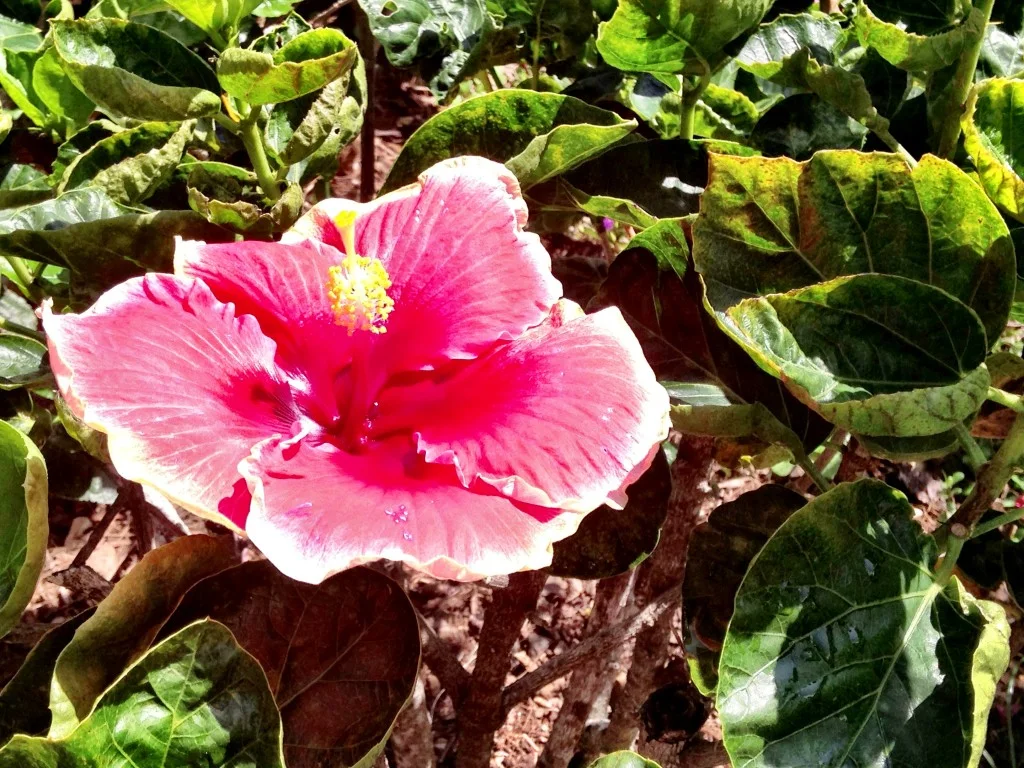
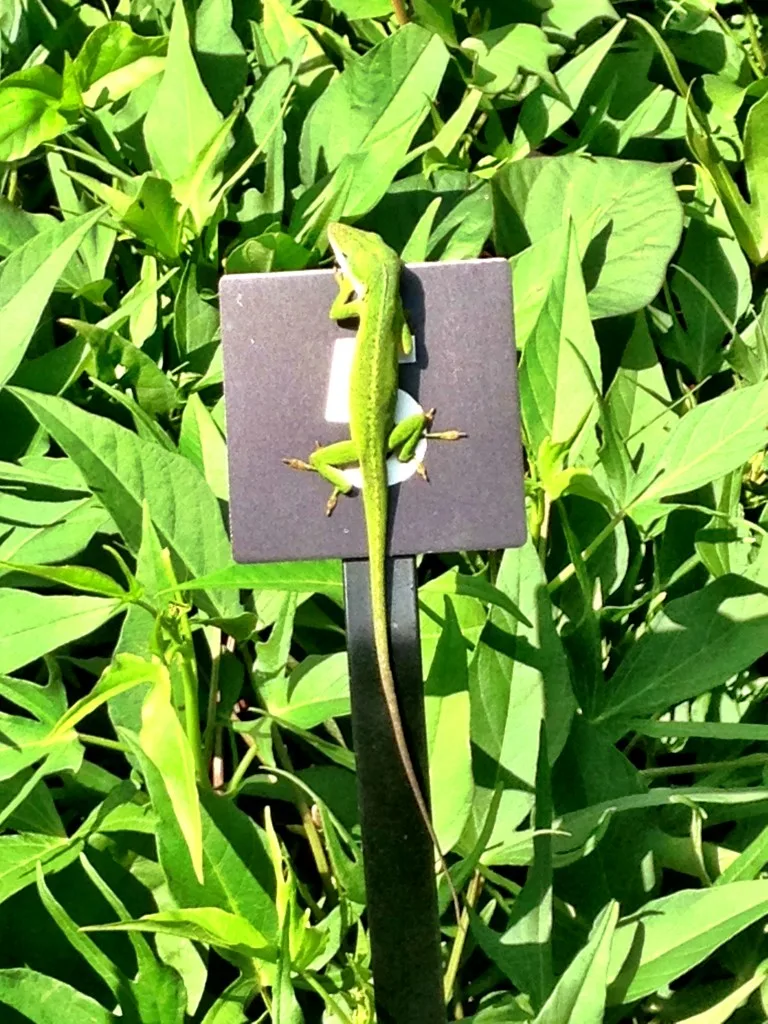
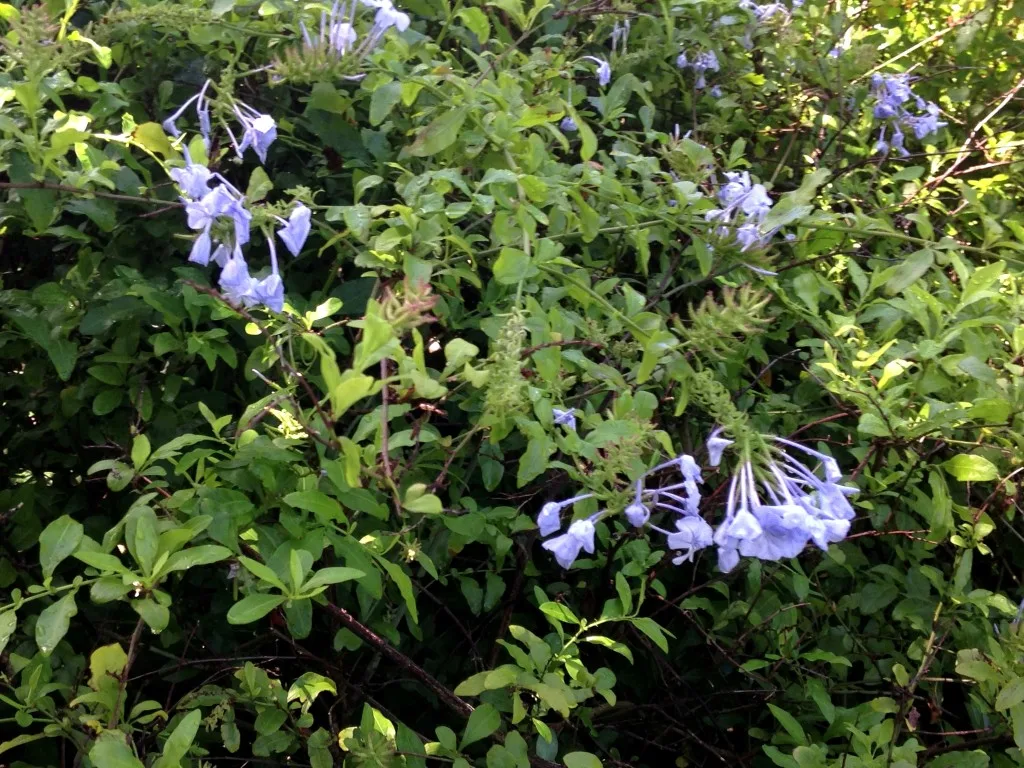
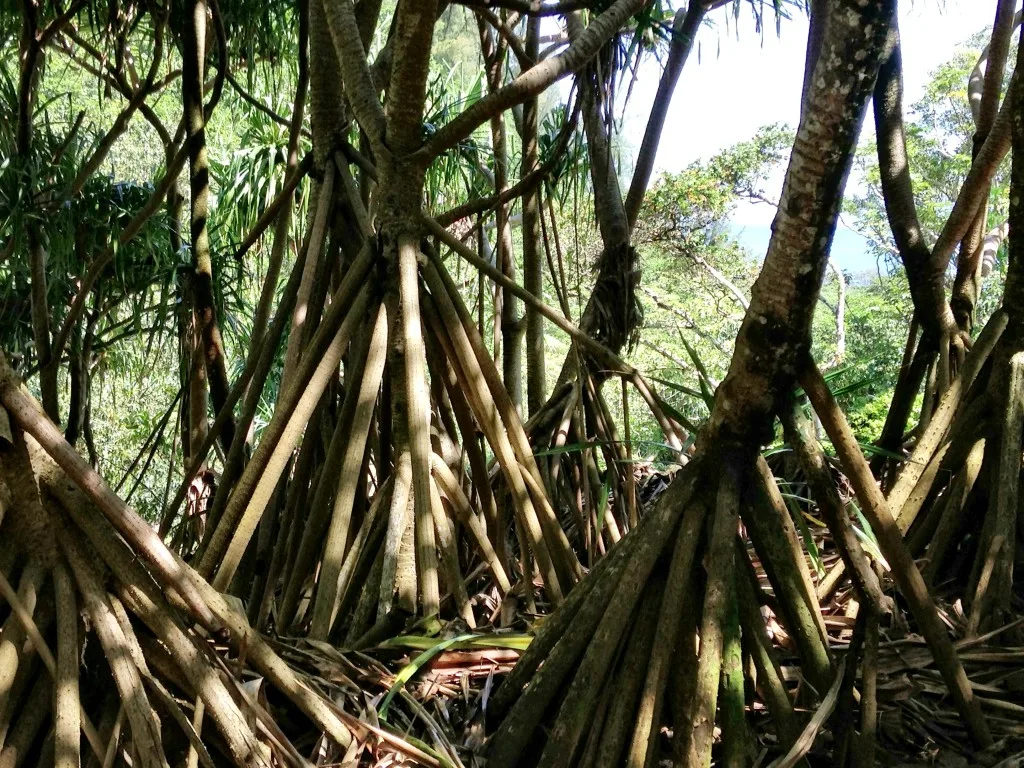

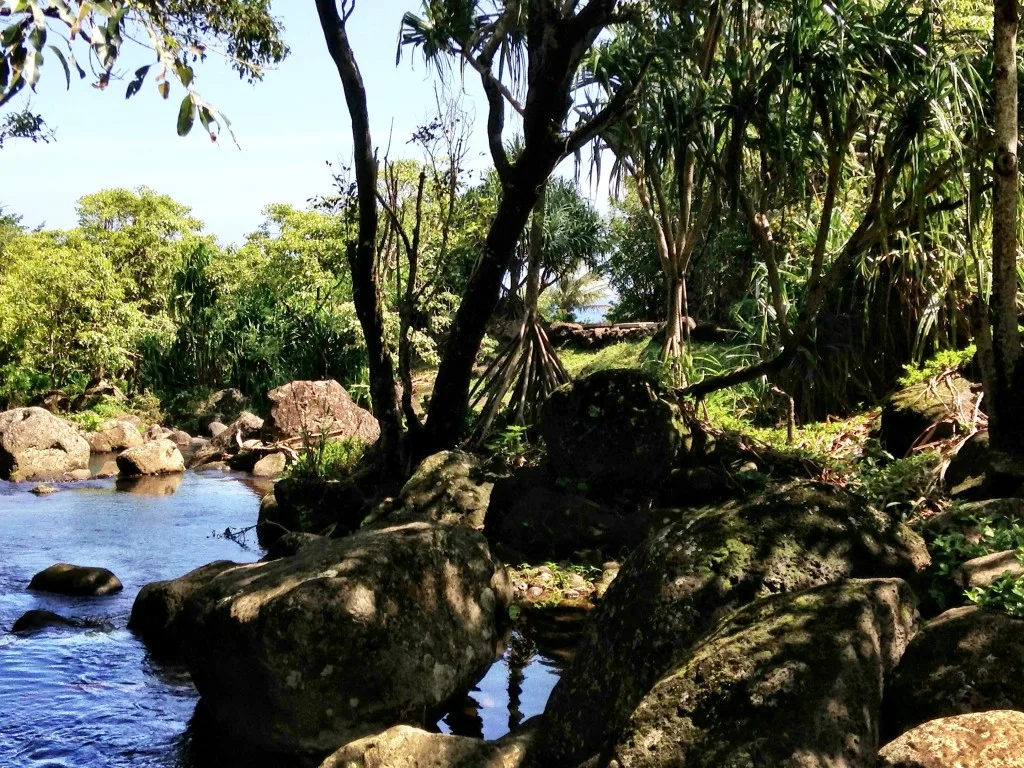
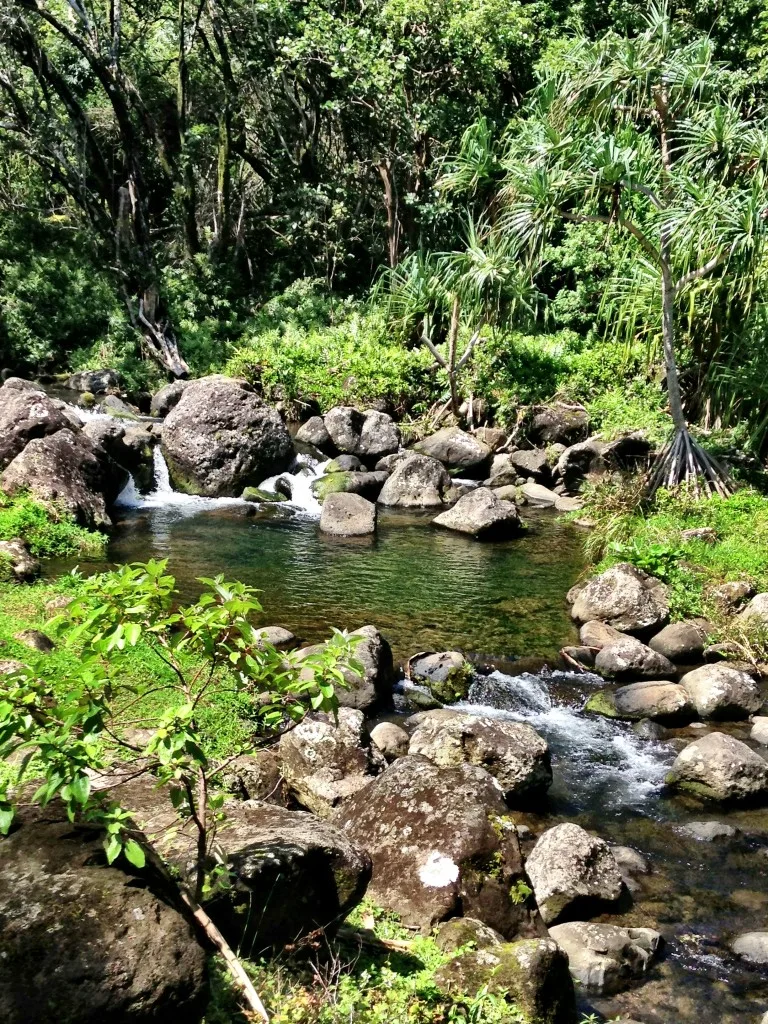
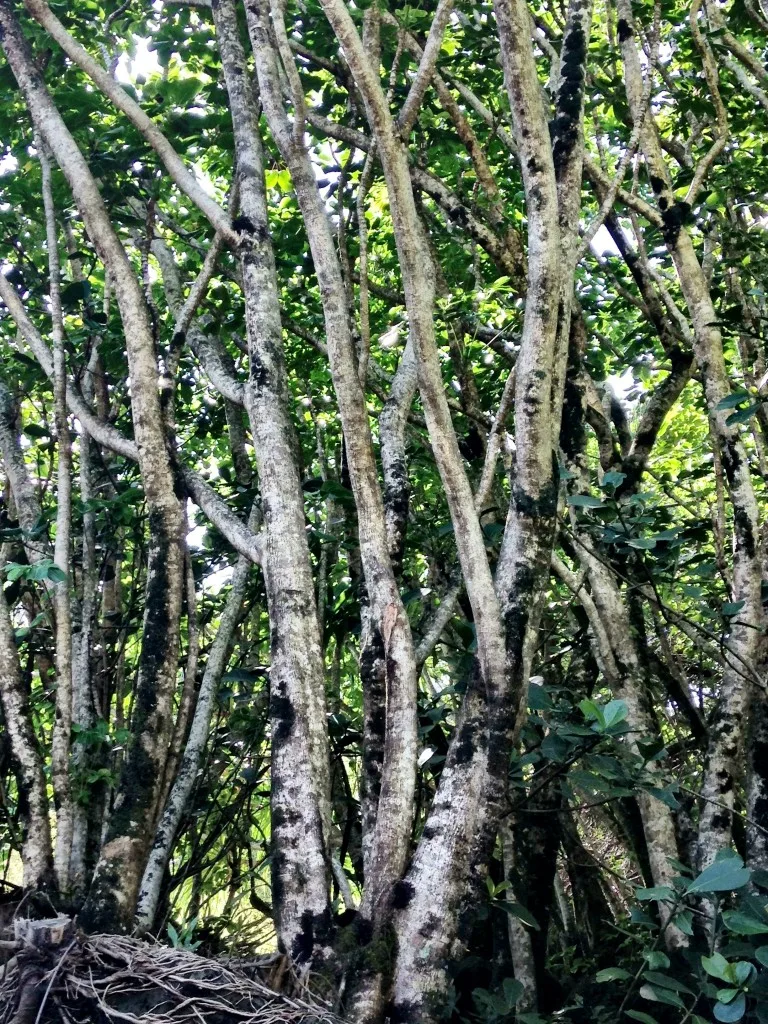
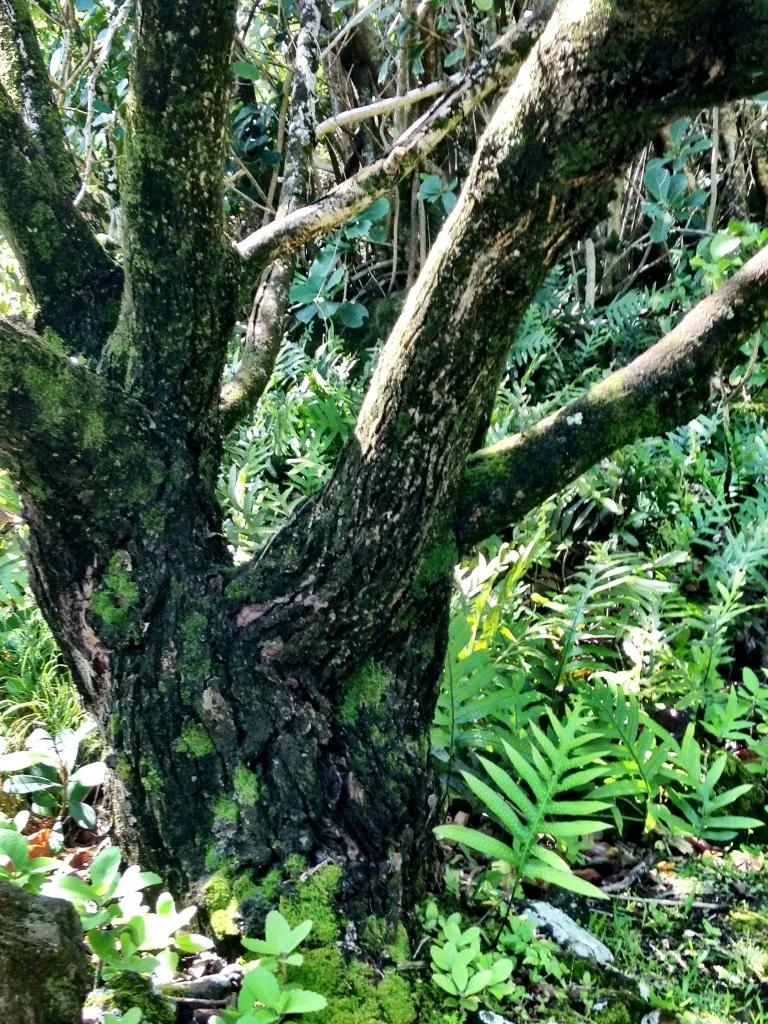
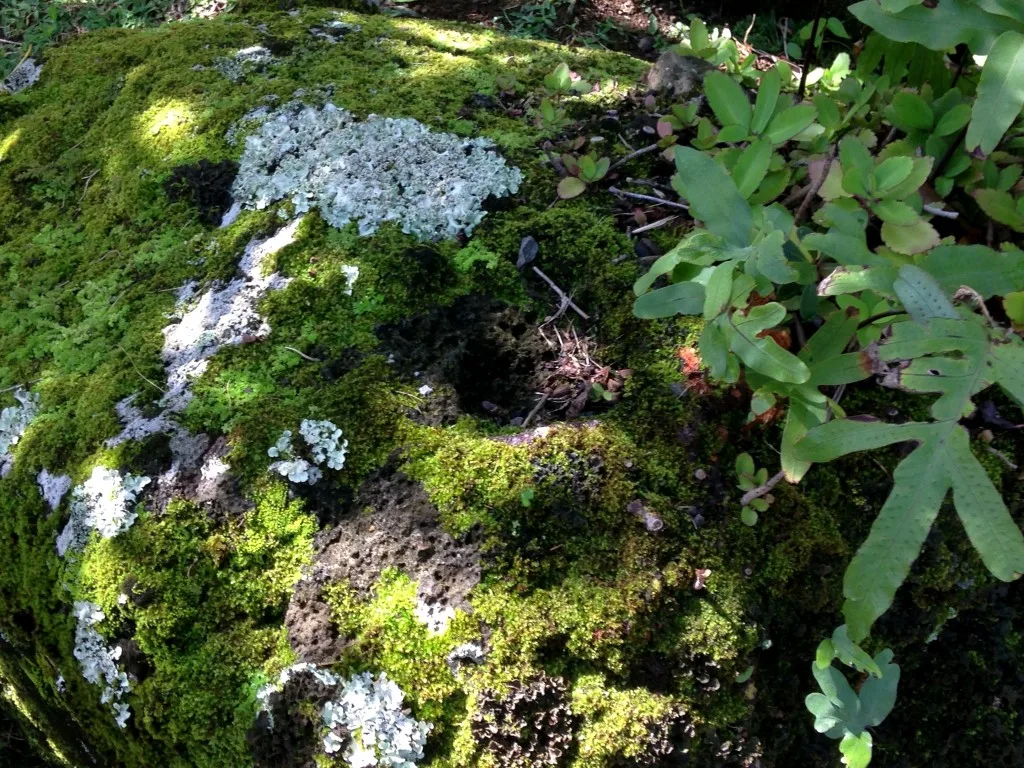
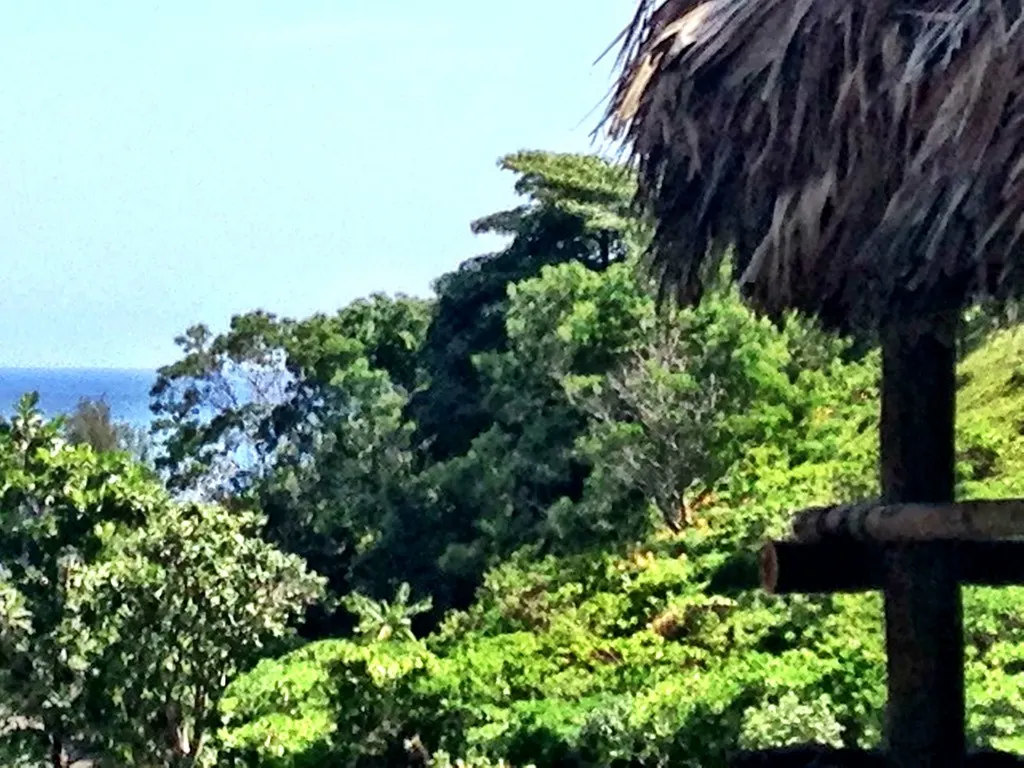
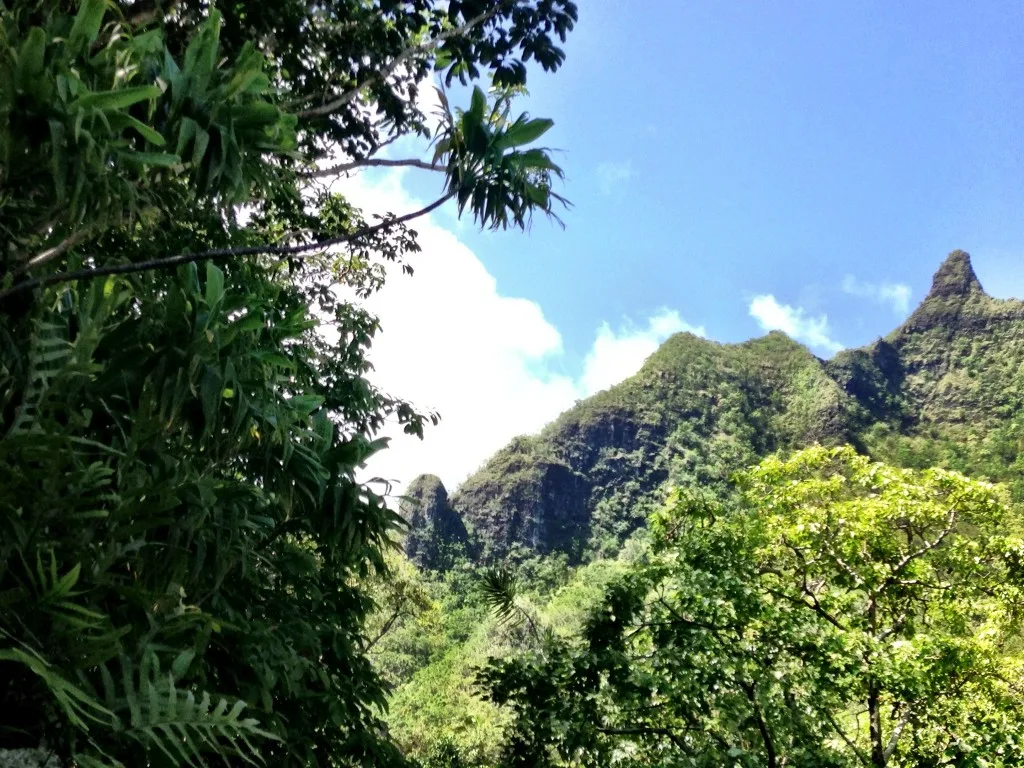
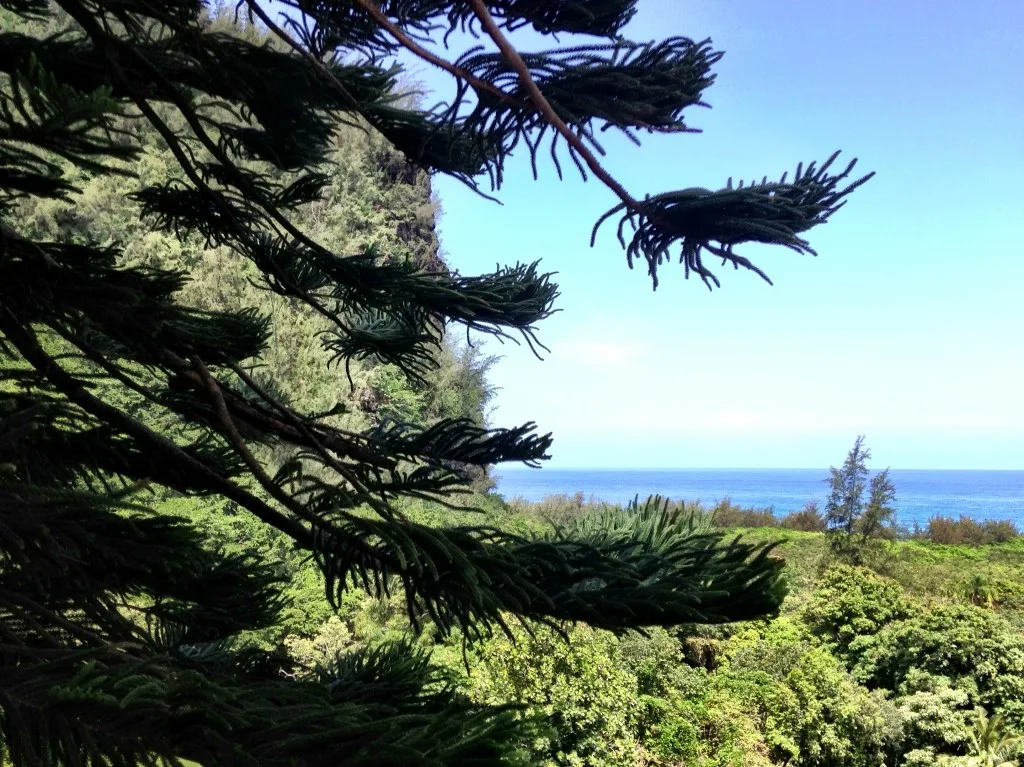
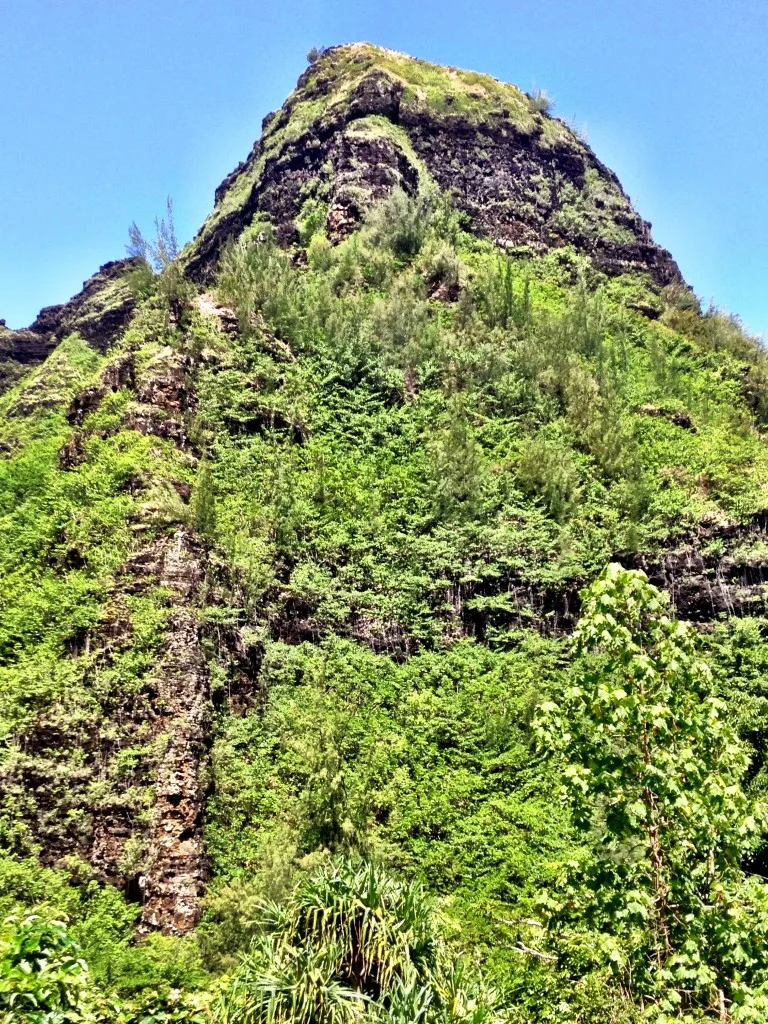
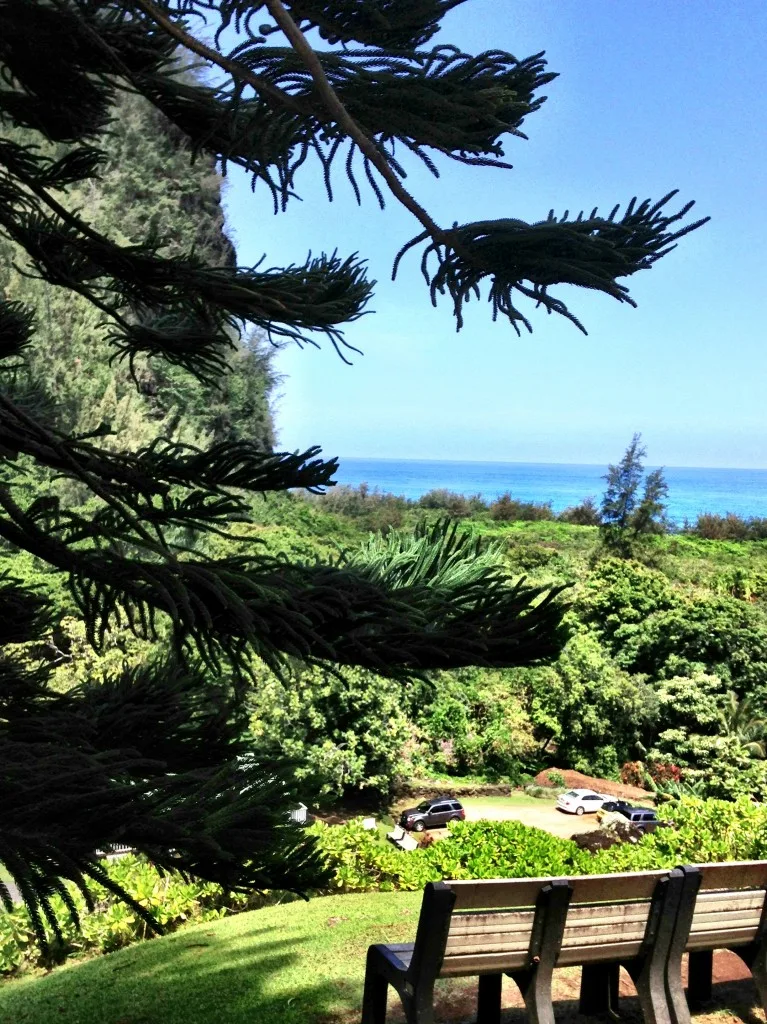
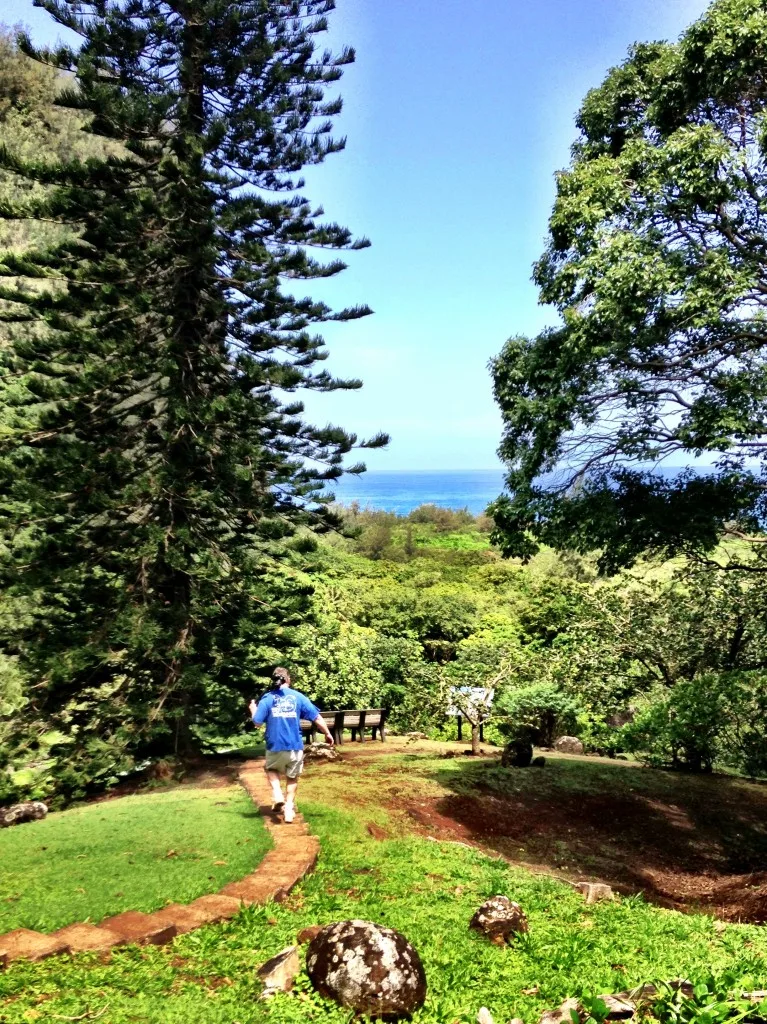
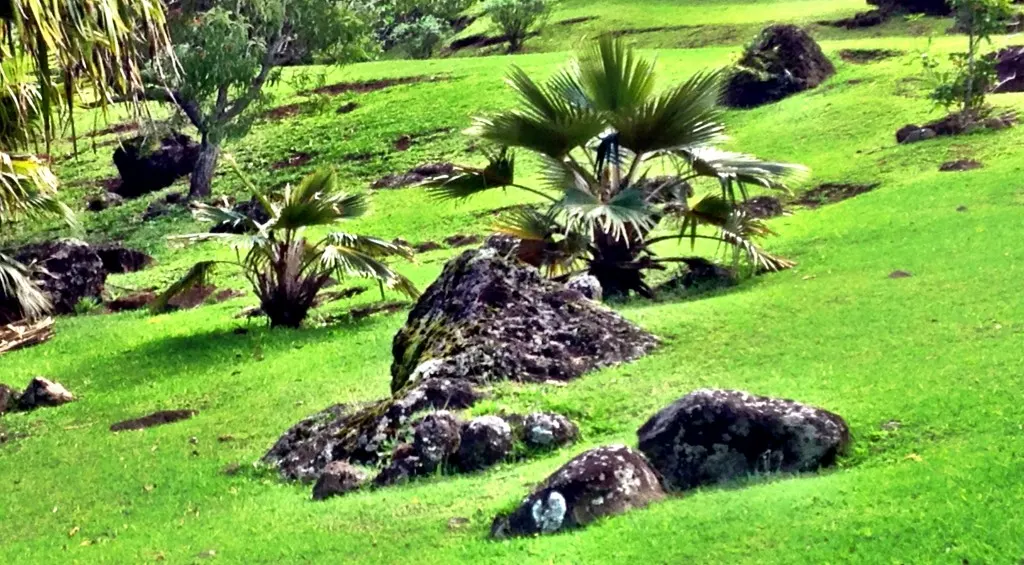
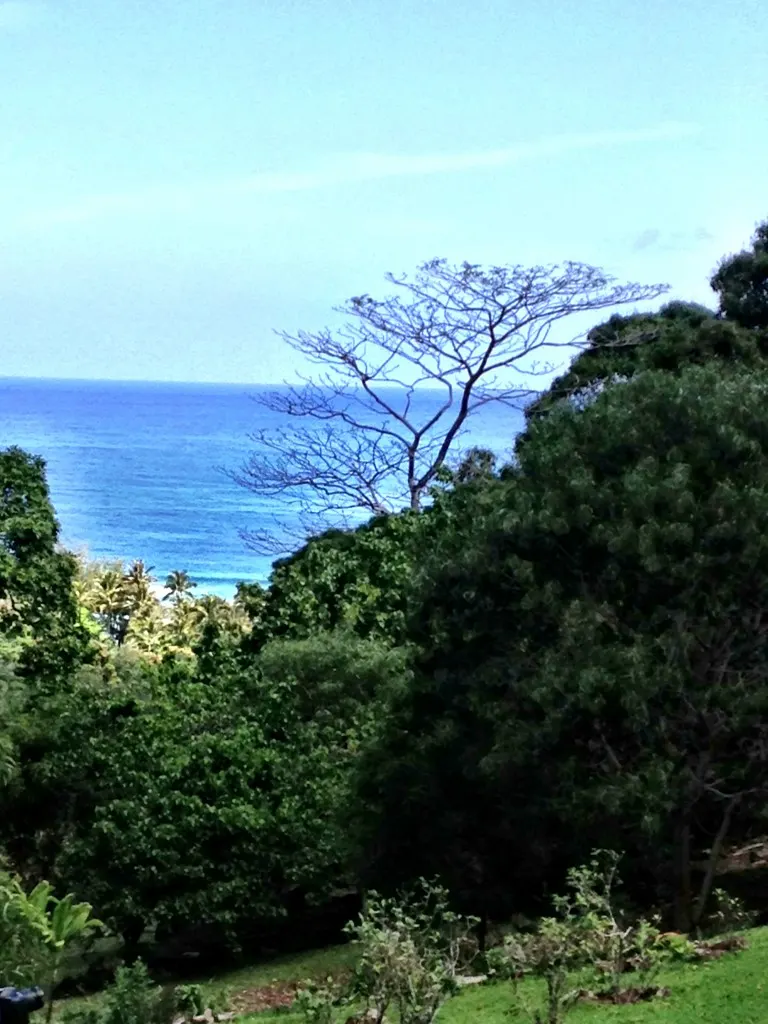
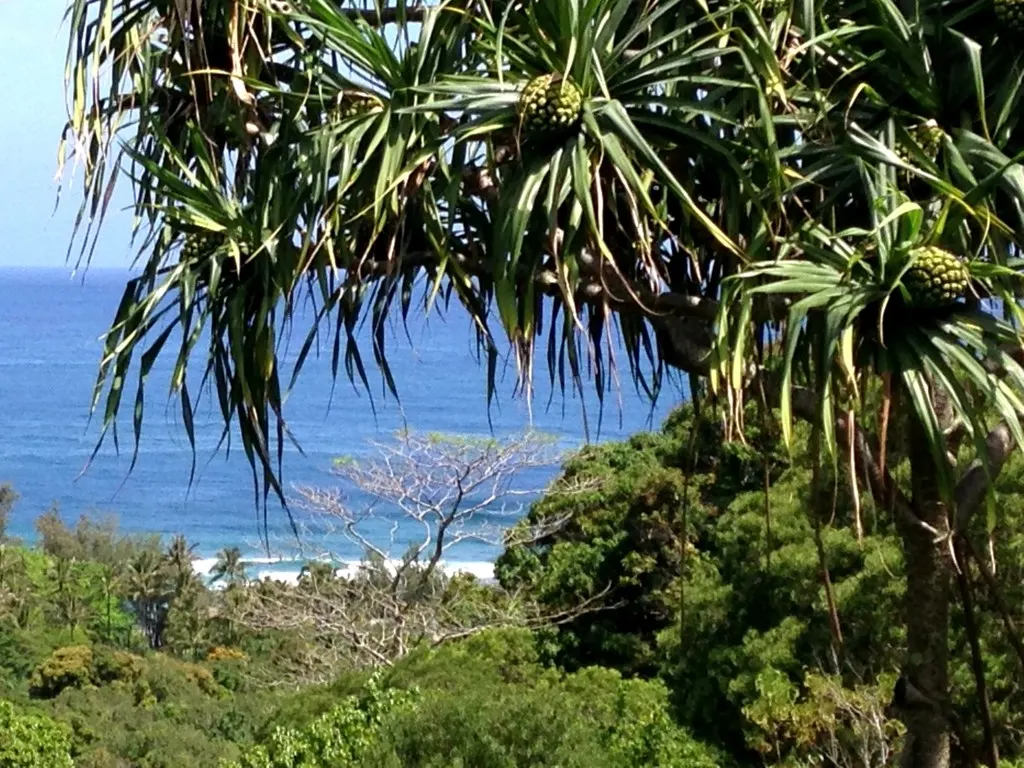
Moving to Hawaii: 5 Things to Know | Passing Thru
Tuesday 21st of June 2016
[…] Hawaiian Culture and History at Limahuli […]
Hokulea: Voyaging with Traditional Polynesian Navigation | Passing Thru
Sunday 8th of September 2013
[…] that remain intact here on Kauai. One of the earliest settlements by Polynesians in Hawaii was at Limahuli, a few miles west of where we live on Kauai. Its Canoe Garden is a restored portion of a terraced […]
Our Night at Nanea Westin Princeville | Passing Thru
Tuesday 21st of May 2013
[...] Hawaiian Culture and History at Limahuli [...]
Patriot Politics (@TAKINGNOTICE)
Sunday 21st of April 2013
Via PassingThru: Hawaiian Culture and History at Limahuli http://t.co/dVwawYuvvw #li #travel #freedom